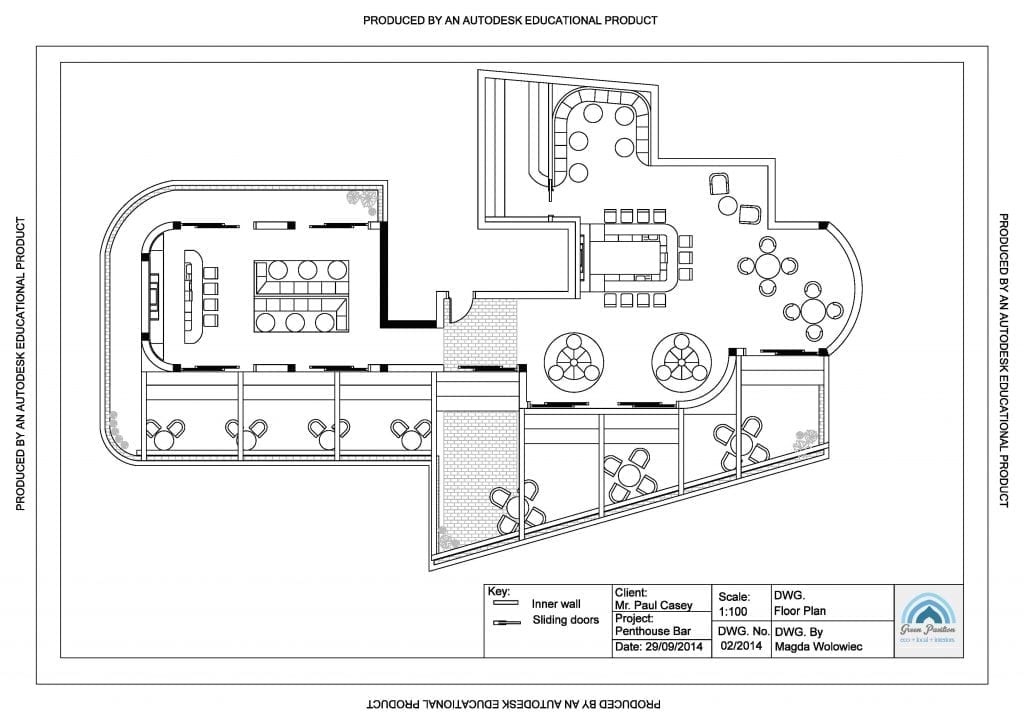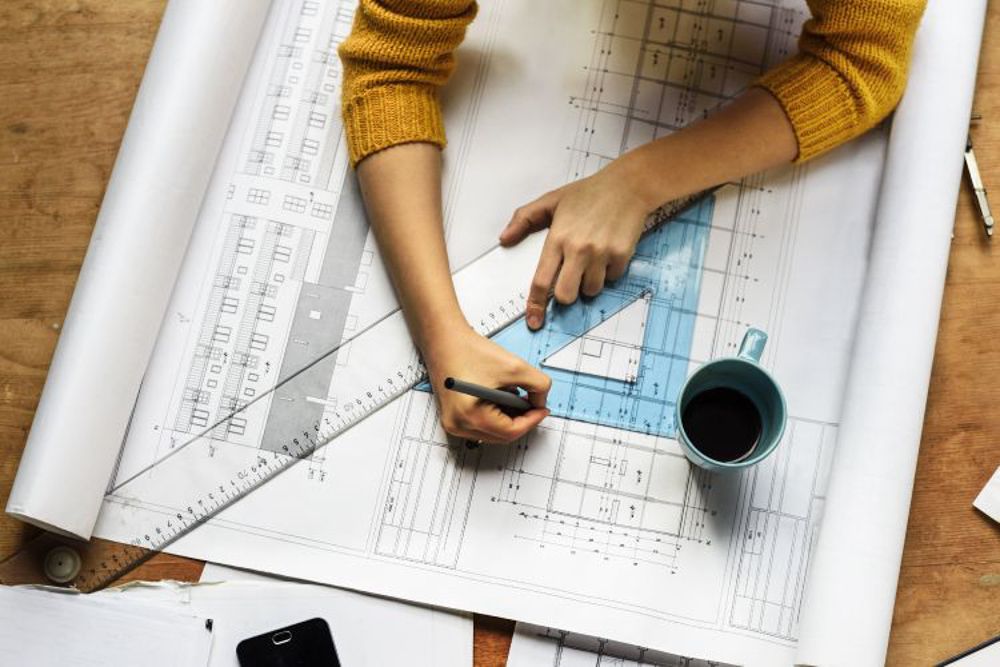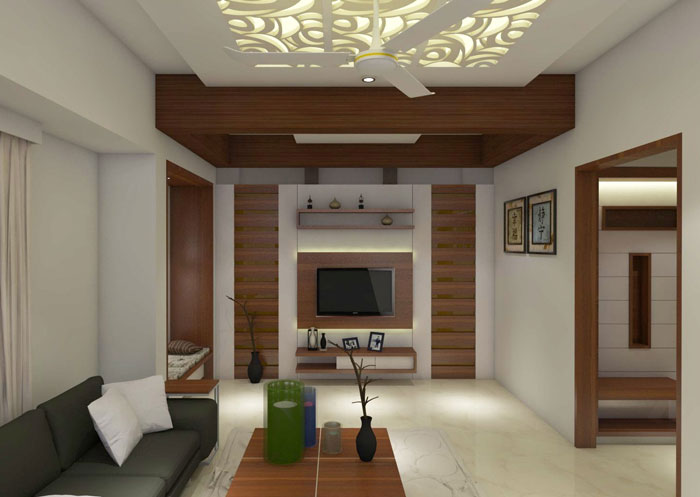The Art of Equilibrium: Just How Interior Design and Home Designer Collaborate for Stunning Outcomes
In the world of home layout, striking an equilibrium in between appearances and capability is no tiny feat. This fragile stability is achieved with the harmonious cooperation in between interior developers and architects, each bringing their distinct experience to the table. The outcome? Spaces that are not just visually spectacular but additionally incredibly comfortable. Nonetheless, this perfect blend is not always easy to attain. Stick with us as we explore the ins and outs of this collaborative procedure and its transformative effect on home design.
Understanding the Core Distinctions Between Interior Decoration and Home Design
While both Interior Design and home architecture play essential roles in developing cosmetically pleasing and useful spaces, they are inherently various techniques. Home architecture mainly focuses on the architectural elements of the home, such as developing codes, safety guidelines, and the physical building and construction of the room. It handles the 'bones' of the framework, collaborating with spatial dimensions, load-bearing walls, and roofing system styles. On the other hand, Interior Design is extra worried with improving the visual and sensory experience within that framework. It entails selecting and arranging furniture, selecting color systems, and incorporating attractive components. While they operate in tandem, their roles, responsibilities, and locations of expertise split substantially in the production of an unified home environment.
The Harmony In Between Home Design and Inside Style
The harmony in between home design and Interior Design hinges on a common vision of design and the improvement of useful aesthetic appeals. When these two fields line up sympathetically, they can transform a space from regular to remarkable. This collaboration calls for a deeper understanding of each discipline's concepts and the capability to develop a cohesive, cosmetically pleasing atmosphere.
Unifying Layout Vision
Combining the vision for home architecture and indoor design can develop an unified living room that is both useful and cosmetically pleasing. It promotes a collaborating technique where building components complement interior layout parts and vice versa. Thus, unifying the design vision is important in blending design and indoor layout for magnificent outcomes.
Enhancing Useful Looks
Just how does the harmony in between home design and Interior Design enhance useful appearances? This synergy makes it possible for the creation of spaces that are not only aesthetically enticing yet additionally conveniently useful. Engineers lay the groundwork with their architectural layout, making sure that the space is sensible and efficient. The indoor designer after that enhances this with carefully selected aspects that boost the appearances without compromising the performance. This harmonious collaboration can cause homes that are both liveable and stunning. An architect may design a home with big home windows and high ceilings. The interior designer can then highlight these features with large drapes and tall plants, specifically, therefore boosting the visual charm while keeping the useful benefits of natural light and space.
Significance of Cooperation in Creating Balanced Spaces
The cooperation in between interior developers and engineers is essential in producing balanced rooms. It brings consistency between design and style, providing birth to spaces that are not only visually pleasing but additionally functional. Checking out effective joint approaches can offer understandings into exactly how this synergy can be successfully accomplished.
Balancing Layout and Style
Balance, an essential element of both Interior Design and architecture, can just really be accomplished when these 2 check it out areas job in harmony. This consistency is not simply an aesthetic factor to consider; it affects the functionality, toughness, and inevitably, the livability of a space. Interior designers and developers have to comprehend each various other's duties, value their competence, and communicate successfully. They need to think about the interplay of structural components with decor, the circulation of areas, and the impact of light and shade. This collaborative process causes a natural, well balanced design where every component contributes and has a purpose to the general visual. Integrating layout and design is not simply regarding developing stunning rooms, but concerning crafting areas that function effortlessly for their occupants.
Effective Joint Techniques

Situation Studies: Successful Assimilation of Layout and Architecture
Analyzing numerous instance studies, it emerges how the successful integration of Interior Design and design can change a room. The Glass Home in Connecticut, renowned for its minimalistic style, is one such instance. Designer Philip Johnson and interior designer Mies van der Rohe teamed up to produce a harmonious equilibrium between the interior and the structure, causing a seamless flow from the outside landscape to the inner living quarters. Another exemplar is the Fallingwater House in Pennsylvania. Designer Frank Lloyd Wright and indoor developer Edgar Kaufmann Jr.'s joint initiatives bring about an amazingly unique house that mixes with its natural environments. These study highlight the extensive influence of a successful layout and design cooperation.

Getting Rid Of Obstacles in Style and Style Cooperation
In spite of the undeniable benefits of an effective cooperation between Interior Design and style, it is not without its obstacles. Communication problems can develop, as both celebrations might use different terms, understandings, and techniques in their job. This can result in misconceptions and hold-ups in project completion. Another major challenge is the balancing act of aesthetics and capability. Architects may focus on architectural honesty and security, while developers concentrate on comfort and design. The integration of these goals can be complex. Furthermore, budget plan and timeline constraints frequently add stress, possibly creating rifts in the cooperation. Efficient communication, shared understanding, and compromise are critical to get over these difficulties and achieve a effective and harmonious partnership.

Future Patterns: The Developing Partnership In Between Home Architects and Interior Designers
As the world of home design remains to develop, so does the relationship between designers and interior designers. The fad leans towards an extra integrated and collaborative approach, breaking without typical functions. Architects are no more exclusively focused on structural integrity, however additionally take part in boosting visual allure - Winchester architect. On the other hand, interior developers are welcoming technological elements, influencing overall format and capability. This developing symbiosis is driven by innovations in modern technology and the growing demand for rooms that are not only aesthetically pleasing but likewise sensible and lasting. The future assures a much more natural, cutting-edge, and adaptive strategy to home design, as developers and designers remain to blur the lines, cultivating a relationship that genuinely symbolizes the art of balance.
Conclusion
The art of balance in home design is accomplished via the harmonious partnership in between interior developers and designers. Despite challenges, this partnership promotes growth and advancement in design.
While both indoor layout and home architecture play necessary duties in developing aesthetically check my site pleasing and practical areas, they are inherently various techniques.The synergy between home style and interior layout exists in a common vision of style and the enhancement of useful looks.Linking the vision for home architecture and indoor design can produce an unified living room that is both useful and visually pleasing. Thus, unifying the layout vision is vital in mixing architecture and interior design for sensational outcomes.
Exactly how does the harmony between home architecture and indoor design enhance practical aesthetics? (Winchester architect)